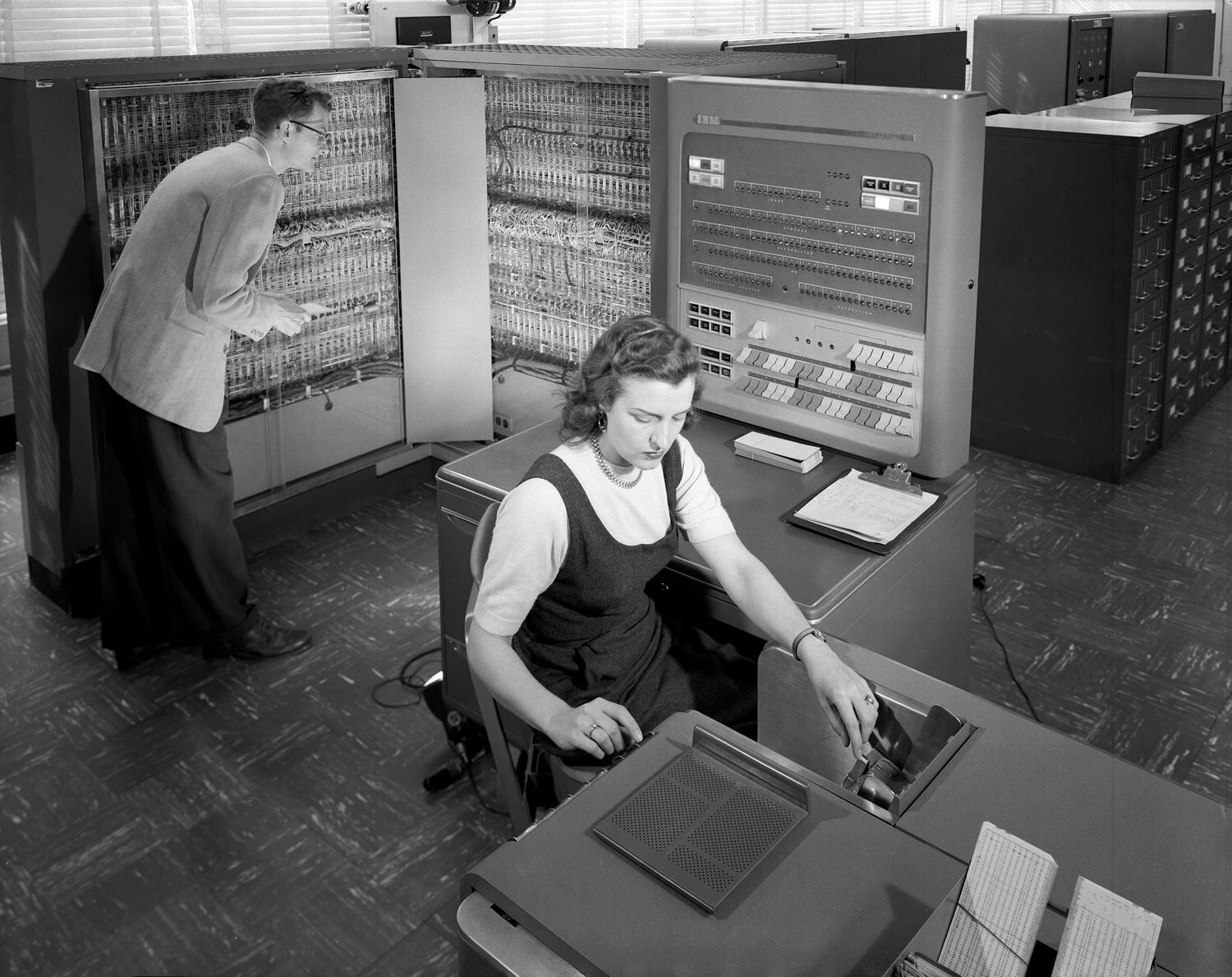type
status
date
slug
summary
tags
category
icon
password
Created time
Nov 7, 2023 07:15 AM
Navigating the current tech landscape feels like sailing the San Francisco Bay on a day with perfect wind – exhilarating and full of possibilities. As an AI and tech aficionado, witnessing OpenAI's latest contributions has been nothing short of awe-inspiring. 🌊⛵️
At the core of these innovations is OpenAI's focus on practical utility, which resonates deeply with my experience in the tech industry. The commitment to enhancing security, facilitating access, and pushing the boundaries of what AI can achieve speaks volumes about where we're headed. Again, I am amazed by their execution and vision.
Their recent introduction of multi-modal functionalities in the API is a testament to this. DALL-E 3's fusion of vision and GPT-4's cutting-edge text capabilities is set to transform the API landscape, opening up new avenues for creativity and innovation. 🎨🖥️
But what stands out the most is the approach to user-centric development. OpenAI is crafting bespoke models that fit the unique needs of developers like a glove. This level of customization is not just about improving user experience; it's about redefining it. 🛠️🤖
The enhanced rate limits mean developers can experiment and iterate with fewer bottlenecks, embodying the spirit of innovation that drives the tech community in San Francisco and beyond. It's this kind of environment that encourages teams, like the one I lead, to push the envelope in machine learning and artificial intelligence. 🏗️🚀
This OpenAI DevDay event presents a comprehensive showcase of the latest advancements and features developed by OpenAI, with a special focus on the newly integrated capabilities of their generative AI models, particularly GPT-4 and DALL-E 3. Here are the detailed features and highlights from the event:
- Visual and Auditory Capabilities: ChatGPT now extends beyond text, with the introduction of image input capabilities and speech processing. This integration likely includes OpenAI's image recognition model (similar to DALL-E) and speech-to-text model (akin to Whisper), enhancing the interaction experience with the AI.
- DALL-E 3: The art-creating phenom DALL-E has evolved to its third iteration, implying major improvements in image generation, possibly in terms of resolution, creative control, and adherence to complex prompts. It likely includes a more streamlined API for developers to integrate DALL-E capabilities into their applications.
- GPT-4 Turbo: A significant upgrade to the GPT-4 model, boasting longer memory context for conversations, higher accuracy, and likely more nuanced understanding. The 'Turbo' aspect could hint at increased processing speed or a more efficient cost-to-performance ratio.
- JSON Mode for API: JSON Mode might refer to a structured way to interact with the API, facilitating easier data parsing, which can be particularly useful for developers looking to integrate the model into existing systems with complex data interchange requirements.
- Improved World Knowledge: OpenAI constantly updates its models with the latest information. A fresher cutoff in April 2023 means that the AI models have up-to-date knowledge, ensuring responses are relevant and current.
- Customization: OpenAI emphasizes personalized AI experiences through fine-tuning and specialized models. This could entail providing developers with tools to train GPT-4 on specific data sets, enabling the creation of highly tailored AI applications.
- Rate Limits Increase: By raising the API rate limits, OpenAI allows developers to make more frequent calls to their services, enabling high-volume applications and services to operate more efficiently.
- Assistants API: New functionalities in the Assistants API could include advanced natural language processing capabilities, enabling developers to create sophisticated AI-driven virtual assistants. Features like persistent threads, code interpretation, and advanced function calls allow for a rich, continuous conversation experience and the execution of complex tasks within the app environment.
- Integration with Existing Apps: Demonstrations of GPT integration into platforms like Canva, Zapier, and others suggest that OpenAI is pushing for AI to become a backbone technology that enhances and streamlines existing digital tools and workflows.
- GPT Store and Monetization: The mention of a GPT store indicates an upcoming marketplace for developers to share or sell their GPT-based creations, which could significantly democratize AI tool access and encourage a new wave of AI-powered applications.
- Multi-modal Applications: The integration of text, image, and possibly other data types like audio suggests that OpenAI is leaning towards creating AI models that can process and understand multi-modal inputs, allowing for more comprehensive and versatile applications.
- Voice Interaction: With advancements in text-to-speech and the integration of models like Whisper for voice recognition, OpenAI is venturing into creating AI that can be interacted with through natural speech, enhancing accessibility and user-friendliness.
- Internet-Connected Actions: The ability of AI to perform actions connected to the internet, like granting credits or performing transactions, indicates a move towards more functional and actionable AI applications.
This comprehensive suite of features and updates signals OpenAI's intention to make AI more powerful, accessible, and integrated into the fabric of digital tools and services, redefining how businesses and developers leverage AI technology to create innovative solutions.
The opportunities unleashed by the DevDay event and the announced features are substantial, especially for developers, businesses, and entrepreneurs within the tech industry. Here are some immediate opportunities that may arise from these developments:
- Innovative Product Development: The improved capabilities of models like GPT-4 and DALL-E 3 open avenues for creating new products or enhancing existing ones with advanced AI features. Developers can leverage these tools to build sophisticated applications that were previously not possible.
- Enhanced User Experience: With multi-modal interactions, apps can now offer a more natural user experience. For instance, applications can now process images or voice alongside text, broadening the scope of human-computer interaction.
- Content Creation: The advancements in DALL-E 3 provide content creators with powerful tools to generate unique images, designs, and artworks, greatly enhancing the creative process and output.
- Business Automation: The Assistants API with its advanced NLP capabilities can be integrated into business workflows to automate tasks such as customer service, data entry, and analysis, thereby reducing costs and increasing efficiency.
- AI-Powered Virtual Assistants: Improved conversational models with longer memory and better context understanding enable the creation of more sophisticated virtual assistants that can perform a wider range of tasks and maintain more complex conversations.
- Scalable AI Integration: The increase in API rate limits and the introduction of JSON Mode means businesses can scale up their AI-powered features more efficiently, handling larger volumes of requests and integrating more seamlessly with existing tech stacks.
- Monetization and Marketplace: The creation of a GPT store provides a platform for developers to monetize their AI-driven applications and solutions, potentially leading to a flourishing ecosystem of AI tools and services.
- Custom AI Models: Opportunities for creating custom-tailored AI models can lead to highly specialized applications across industries, from healthcare to finance, offering solutions that are uniquely suited to specific professional needs.
- AI in Education: Educators and ed-tech companies can leverage these AI advancements to create more interactive and personalized learning experiences, with AI providing tutoring, grading, and educational content creation.
- Accessibility Improvements: With voice interaction capabilities, developers can create applications that are more accessible to users with disabilities or those who prefer voice commands over typing.
- Operational Optimization: The internet-connected actions of AI can automate various operational tasks for businesses, like scheduling, logistics, or even triggering transactions, which can streamline many facets of operation.
- Research and Development: For R&D teams, these advancements can aid in accelerating the pace of research, from data gathering and analysis to simulations and model testing.
- Marketing and SEO: AI can now assist in generating not just content but also insights into consumer behavior, search engine optimization, and targeted marketing strategies.
These features and updates signify a pivotal step forward in AI's role within technology, providing a foundation for vast innovation and enabling the creation of more intelligent, adaptive, and user-friendly applications. For tech leaders and businesses, this could mean re-evaluating and possibly re-engineering their products to integrate these AI capabilities to stay competitive and meet evolving user expectations.
OpenAI’s trajectory, with their feet firmly planted in both cutting-edge technology and the soil of human-centric design, paves a golden path for AI's future—a future that’s looking incredibly bright from where I'm standing. Let's set sail toward that horizon, shaping the future of AI, together. 🤝🌟
📎 Links
- Author:raygorous👻
- URL:https://raygorous.com/article/openai-devday-big-announcement
- Copyright:All articles in this blog, except for special statements, adopt BY-NC-SA agreement. Please indicate the source!
Relate Posts












